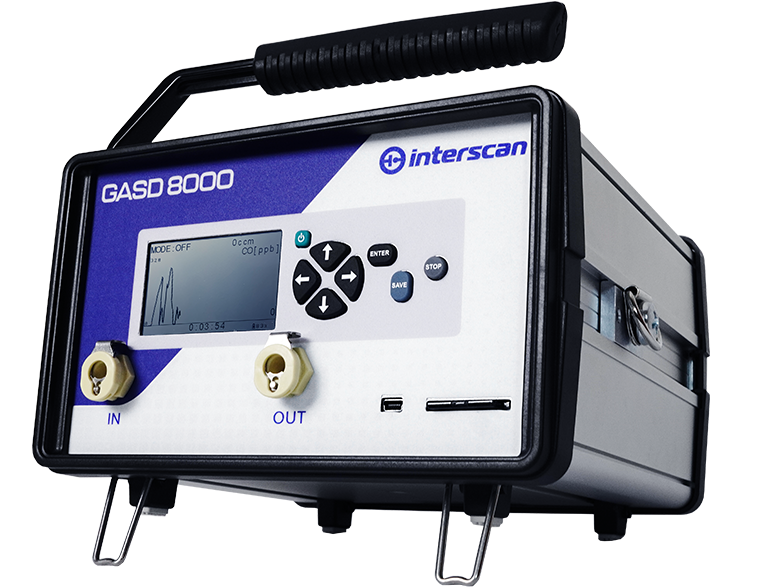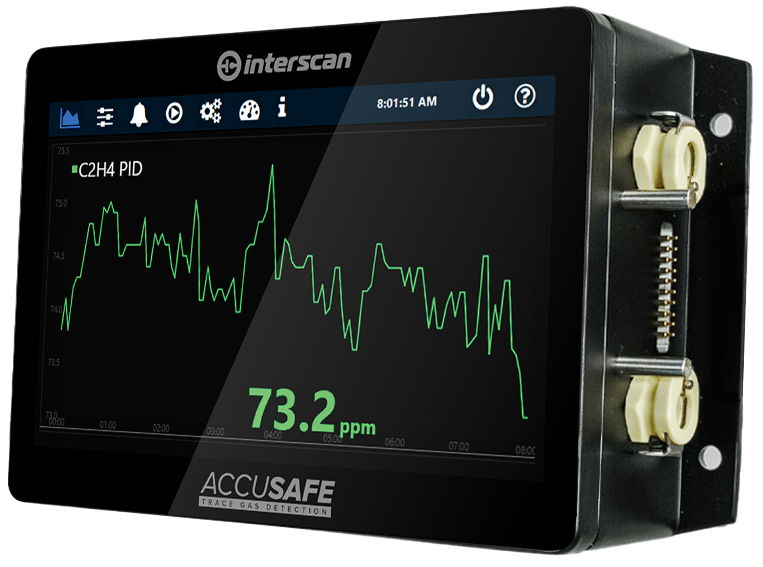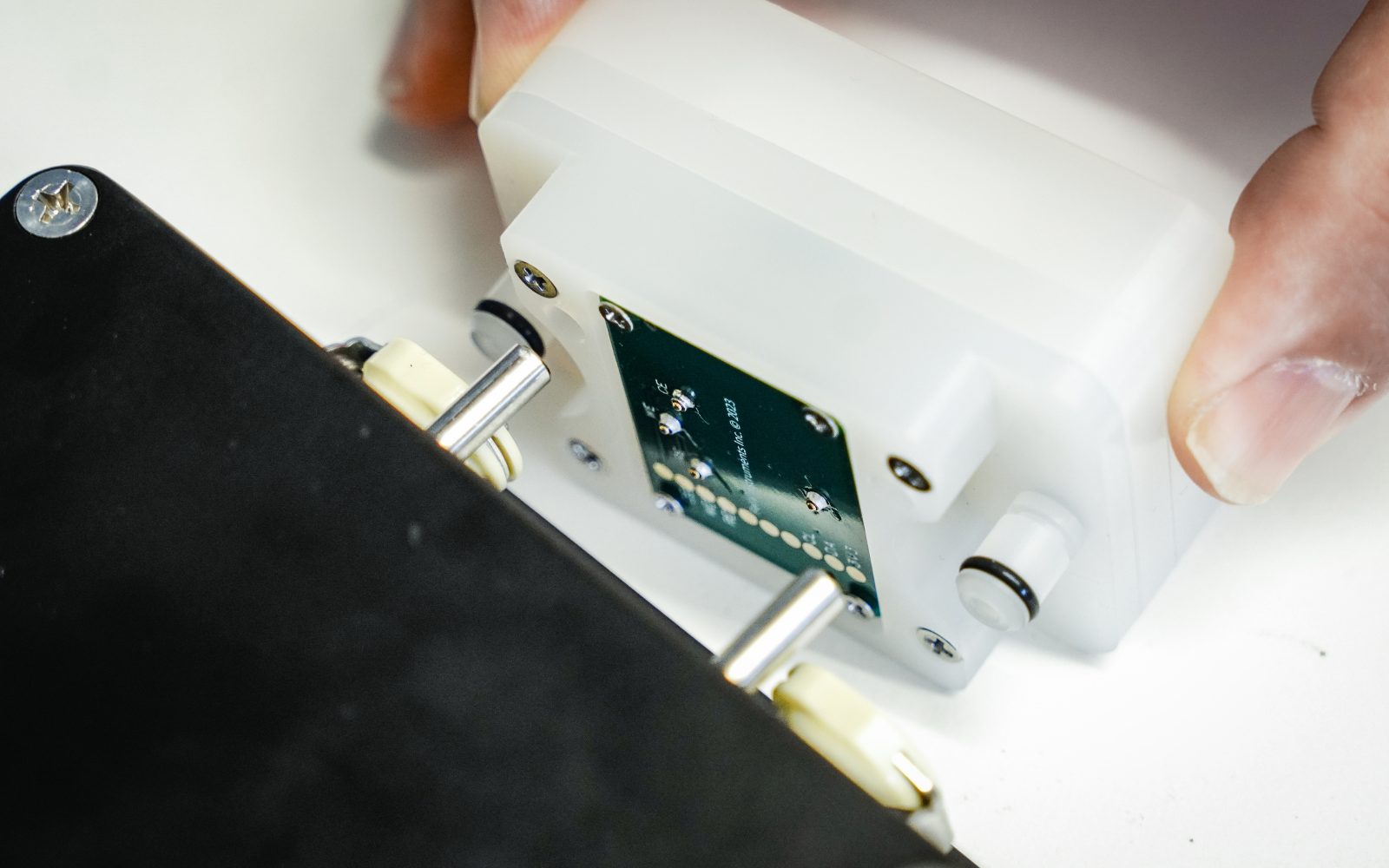Hydrazine (H2NNH2, CH3NHNH2, (CH3)2NNH2) Detection
About Hydrazine Detection
Hydrazine—also known as Diamine and Nitrogen Hydride—is a clear, colorless, flammable liquid, with an ammonia-like odor.
The compound is used in the production of agricultural pesticides; in the manufacture of blowing agents for plastic production; as an anti-corrosion agent in boilers and heating systems; in plating; in solders and fluxes; in textile dyes, during nuclear fuel processing; in explosives; in water treatment; and in photographic developing chemicals.
An additional use is in rocket fuel, and this application has generated the most interest in its detection as a toxic gas. Pioneering work to improve detection methods was started in the late 1970s at the School of Aerospace Medicine in Texas. Interscan is pleased to have been involved in these efforts, and continues to cooperate with NASA and similar agencies in other countries.
The related compounds monomethyl hydrazine (MMH) and unsymmetrical dimethyl hydrazine (UDMH) are also utilized in fuel applications.
Ranges We Detect For Hydrazine
Sensor Range
Measurement Specifics
- Maximum Overload10 ppm
- Resolution< 0.02 ppm
- Typical Baseline Range-0.2 ppm to 0.2 ppm
- Maximum Overload10 ppm
- Resolution< 0.02 ppm
- Typical Baseline Range-0.2 ppm to 0.2 ppm
- Maximum Overload10 ppm
- Resolution< 0.02 ppm
- Typical Baseline Range-0.2 ppm to 0.2 ppm
- Maximum Overload10 ppm
- Resolution< 0.02 ppm
- Typical Baseline Range-0.2 ppm to 0.2 ppm
Not sure what range you need?
We’re here to helpINDUSTRIES WE SERVE
Portable Gas Detection
GASD 8000
Portable Gas Detector
Elevate Safety Standards with the GasD® 8000 Portable Gas Monitor Read more... about GASD 8000
Fixed Gas Detection
AccuSafe
Fixed Point Gas Detection
Precision Gas Detectors Tailored to Your Facility Read more... about AccuSafe














